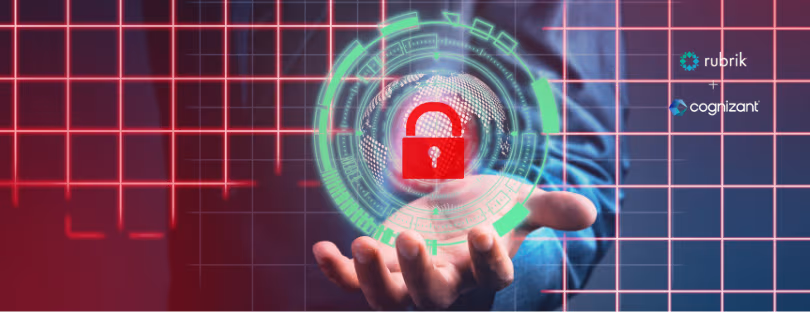
Safely Connecting to a Public Wi-Fi Hotspot
Public Wi-Fi is becoming increasingly popular as people rely on their mobile devices to stay connected while away from home. Accessing the internet via this type of network is convenient, but it comes with security risks. When using public Wi-Fi, you are essentially sharing the network with strangers, which can leave your data vulnerable to attacks. This opens you up to dangers that range from harm due to malicious software to full on identity theft.
That said; it’s important that you connect safely when using a public Wi-Fi hotspot. Here’s what you need to do.
What Is a Hotspot?
A hotspot is an Internet access point that lets you connect to an available Wi-Fi network using your laptop, tablet or smartphone when you are away from your office or home wireless Internet network. You’ll find pubIic Wi-Fi hotspots in coffee shops, restaurants, airports and other places where people tend to gather.
Public hotspots are typically free to use, although in some cases you’ll have to be a patron or guest to use the connection. Many connections are open whilst others do require a password (this password is typically shared with everyone).
Are Free Internet Hotspots Secure? public wi fi
Accessing the Internet via a free public hotspot is not the same as logging onto the Internet from your secure, encrypted home wireless network. Many individuals wonder are hotspots secure, and the short answer is no, they are not.
There are several vulnerabilities and dangers that can arise when you use public Wi-Fi. Some of these include:
- Man-in-the-Middle Attack (MITM)
On a public Wi-Fi connection, the information you send is generally unencrypted. This opens you up to MITM attacks. Rather than data just going between you and a website you are visiting, a hacker inserts themselves between you and the Internet. In some cases, they may even connect you to a page that looks similar to a site you intended to visit. They can then steal your logon credentials and access your financial and personal accounts.
- Evil Twin
When you are out and about and using public Wi-Fi hotspots, it’s critical that you connect to a legitimate network. One common trick used by hackers is the Evil Twin attack. You might see a connection like “Free Airport Wifi”, but that might be a bogus hotspot set up with malicious intent. If individuals connect to the fake Access Point, then hackers can see and steal all of their data. You think you are connecting to secure public wifi, but in reality, you are handing the keys to your data kingdom directly to a hacker.
- Packet Sniffing
Hackers can use free software to read the unencrypted data packets that are sent over a public Wi-Fi network. They’ll be able to see things like the pages you visited and data you entered on a site using HTTP protocol. With a data packet analyser, the hacker can see your forum postings, text messages and even your login information. Once they have access to your login credentials, they can actually change your password and lock you out of your own accounts.
- Sidejacking (Session Hijacking)
While packet sniffing allows a third party to review your data at their leisure, side jacking uses the same technique to grab your data in real-time, on location. When you log on to a secure site, the website typically authenticates you and then sends you a session cookie. This cookie might not be encrypted. A hacker who can access this cookie can use it to open a session on the website using your pre-approved credentials. From there they can access your personal and financial information.
Steps You Should Take to Protect Your Data When Using a Public Wi-Fi
While connecting to a secure home or business network is safer than using a public Wi-Fi hotspot, you can learn more about how to use public Wi-Fi safely. There are some general rules that can help minimise your risk in the uncertain environment presented by public Wi-Fi.
Turn Off Automatic Connectivity Functions public wi fi
Before you connect to public Wi-Fi, you should turn off all the functions on your laptop, tablet or smartphone that allow you to connect automatically with public networks or other devices. This would include features such as Bluetooth, AirDrop and file and printer sharing.
Enable Antivirus Software and Firewalls
When you activate firewalls and antivirus software on your device, you’ll receive a warning if you come into contact with suspicious files or websites as you browse the Internet. Bypass any suspect websites, as they may be set up by hackers who are trying to get your information.
Choose Your Public Wi-Fi Access Spots Carefully
If you are looking for how to stay safe on public wifi, it helps to look for a password protected network that is associated with a high profile, low volume location. An access point associated with a national or global brand, say in a coffee shop, will likely have far less traffic than a wide-open setting like an airport. Low traffic and a more secure setting are always better.










